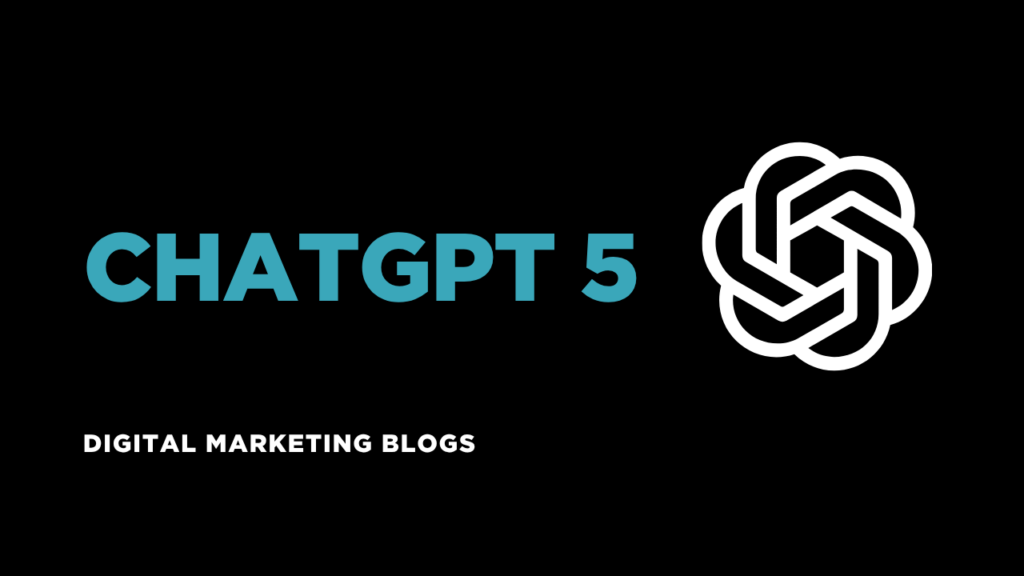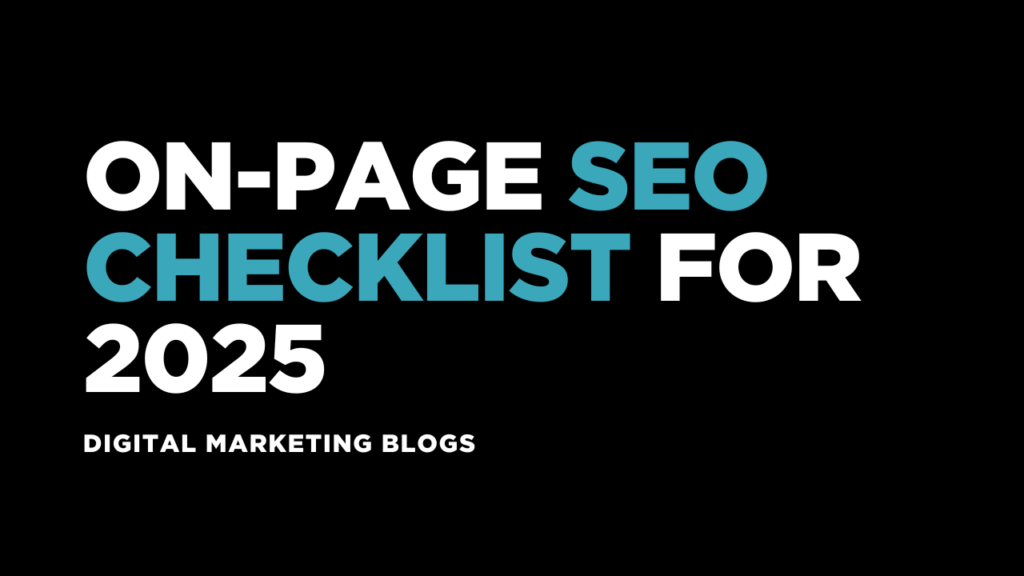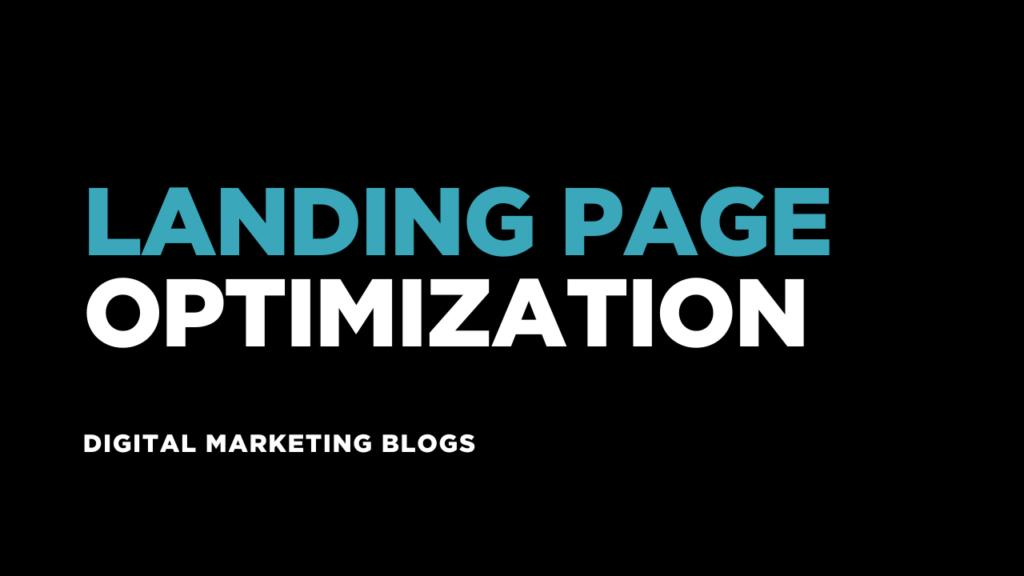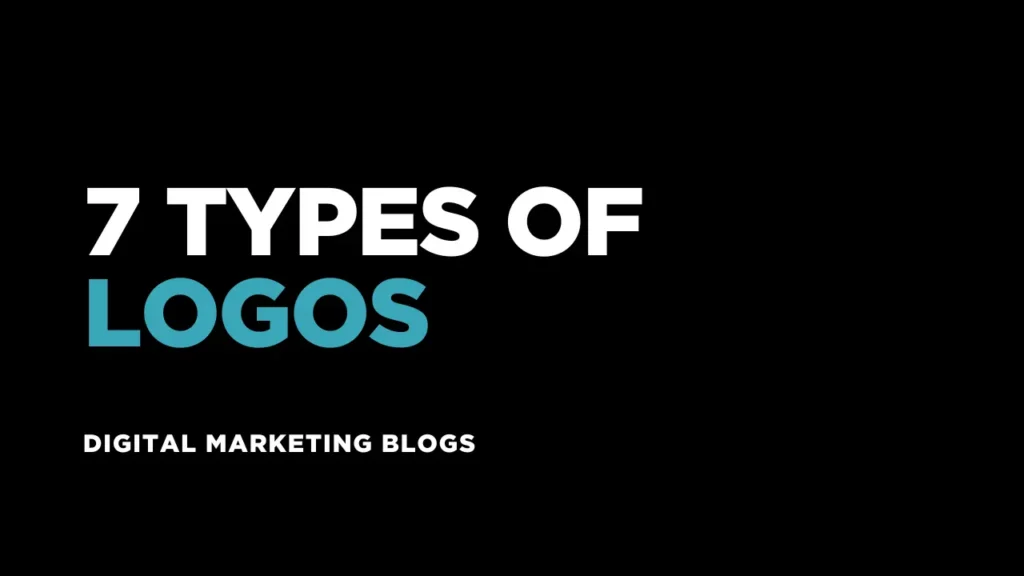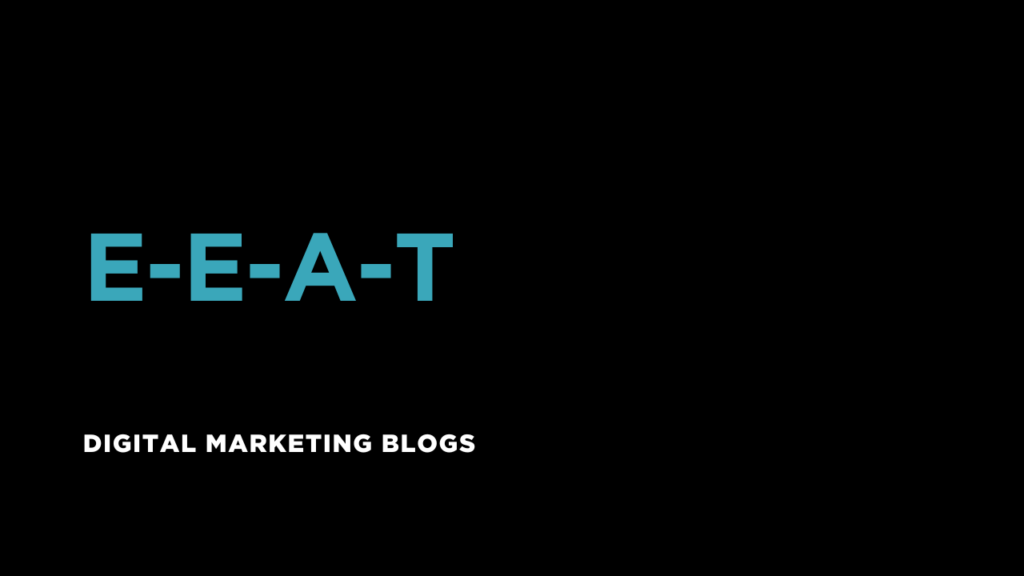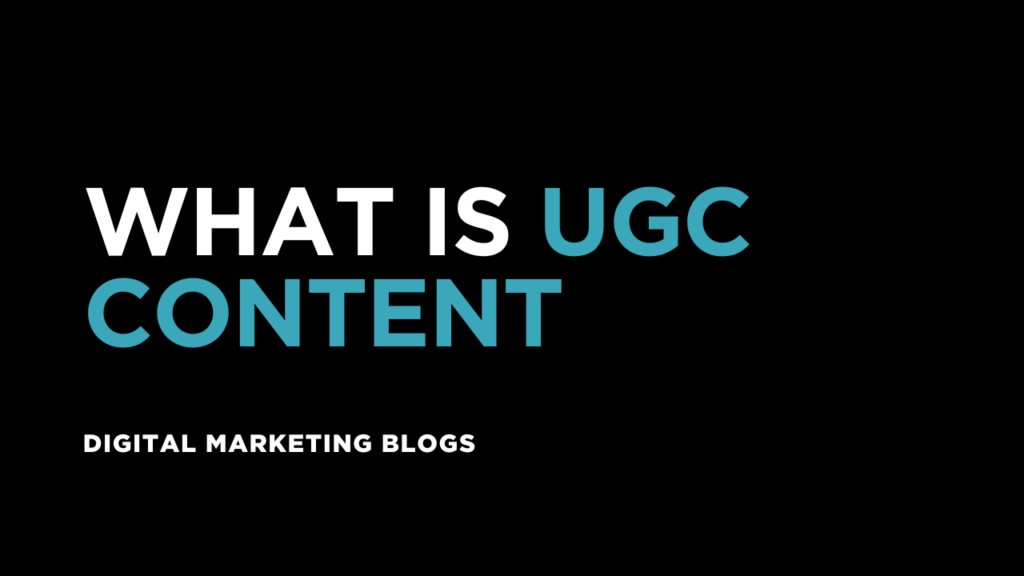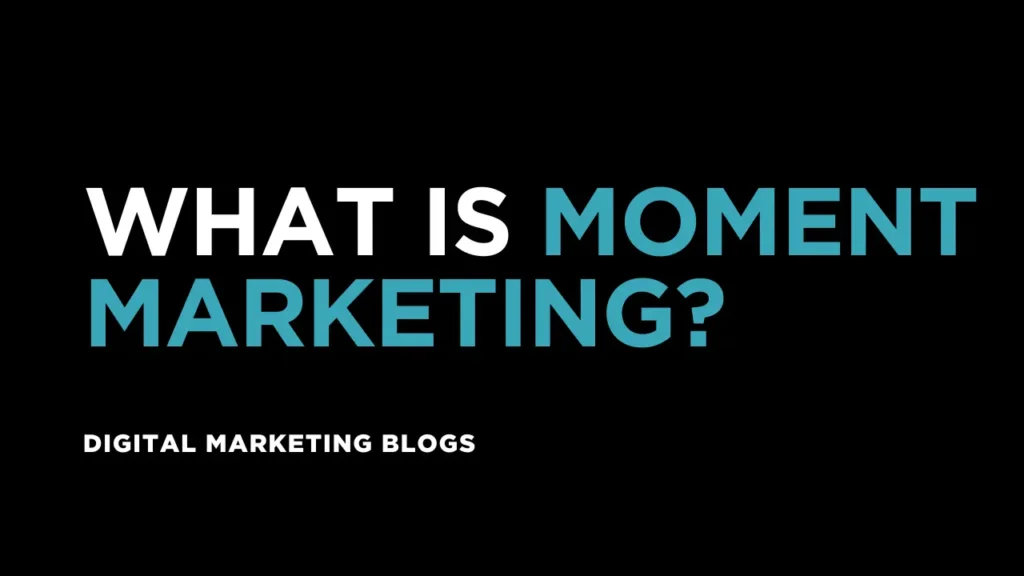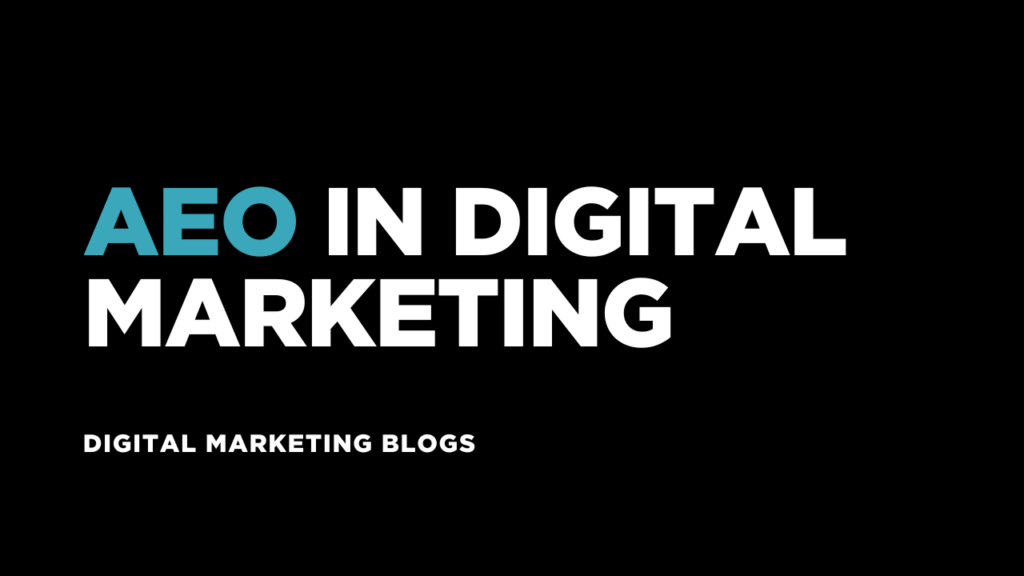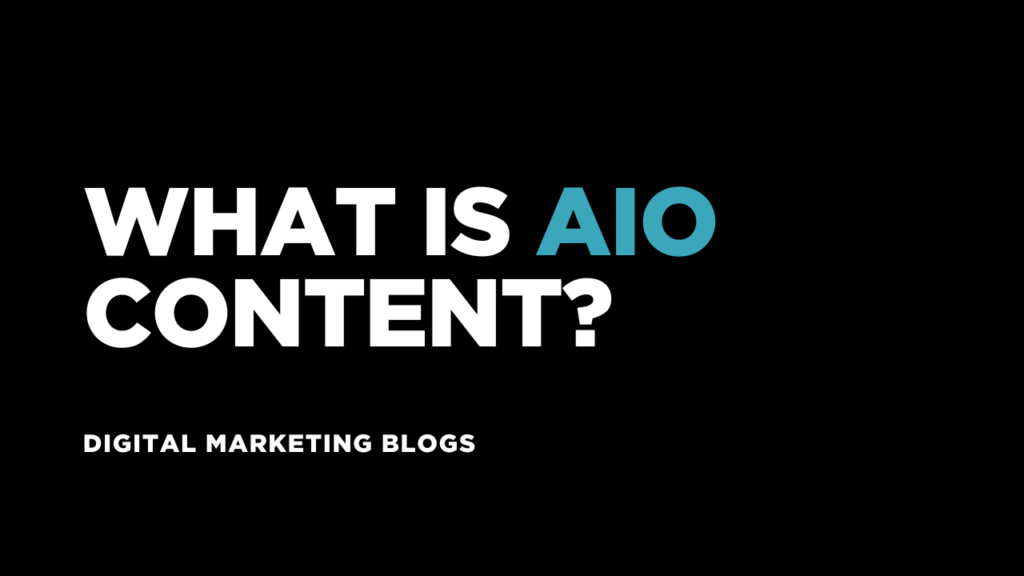How Internal Linking Increases SEO Authority
Internal linking is one of the most underrated yet powerful strategies in search engine optimization (SEO). While most people focus on backlinks and keyword placement, internal links—hyperlinks that connect one page of your website to another—can dramatically improve your search rankings, user engagement, and overall website authority. In this article, we’ll explore how internal linking works, why it matters for SEO, and how you can implement a winning strategy that strengthens your website’s authority. What Is Internal Linking? Internal linking is the process of connecting different pages on the same domain using hyperlinks. For example, linking from your homepage to your blog post, or from one blog article to a related service page. These links help search engines understand the relationship between your pages and improve the navigation experience for users. Why Internal Linking Matters for SEO Search engines like Google use internal links to: Discover new pages – Crawlers follow links to find and index new content on your site. Understand content hierarchy – Links help search engines identify which pages are most important. Distribute page authority – Internal links pass “link equity” from one page to another, improving ranking potential. When done right, internal linking not only helps with SEO but also boosts engagement by guiding visitors deeper into your site. How Internal Linking Builds SEO Authority 1. Distributes Link Equity Across Pages When a page gains backlinks from other websites, it accumulates link equity (or “link juice”). Internal links distribute this equity to other pages, boosting their authority and ranking potential. For instance, if your homepage receives a lot of backlinks, linking to key service pages from it can pass on some of that authority, helping them rank higher. 2. Helps Search Engines Understand Your Site Structure Internal links show the logical relationships between pages. By linking related content together, you make it easier for search engines to map your website’s hierarchy, improving the likelihood of higher rankings for your target keywords. 3. Improves User Experience SEO is not just about pleasing search engines—it’s about serving users. Internal links help visitors find relevant information quickly, reduce bounce rates, and keep them engaged longer, which indirectly boosts rankings. 4. Targets Strategic Anchor Text With internal linking, you control the anchor text—the clickable words in a hyperlink. This gives you a chance to use keyword-rich anchors strategically, signaling relevance to search engines without over-optimizing. 5. Boosts Crawl Efficiency If some of your important pages are buried deep in your site without enough links pointing to them, search engines may take longer to crawl them. A strong internal linking strategy ensures that even low-level pages are easily found and indexed. Best Practices for Internal Linking Use Descriptive Anchor Text Avoid using generic phrases like “click here.” Instead, use descriptive anchor text that clearly tells users and search engines what the linked page is about. Link to Deep Pages, Not Just Top-Level Pages Most sites over-link to the homepage or main service pages. Spread links to deeper, more specific pages to boost their visibility in search results. Maintain a Logical Structure Organize your site like a pyramid: Top level: Homepage Second level: Category or service pages Third level: Individual posts or products Link between related posts and categories to reinforce the structure. Avoid Orphan Pages An orphan page is a page with no internal links pointing to it. Search engines may never find it, and users will struggle to discover it. Make sure every important page is linked from somewhere else on your site. Keep Links Relevant Only link to content that adds value to the reader. Irrelevant links can frustrate visitors and harm your credibility. Use a Reasonable Number of Links There’s no strict limit, but don’t overwhelm a page with excessive links. Keep them natural and purposeful. Common Internal Linking Mistakes to Avoid Over-optimized anchor text – Stuffing keywords in every link can look spammy. Broken links – These hurt user experience and SEO. Linking to low-quality pages – Avoid passing authority to irrelevant or outdated content. Ignoring mobile usability – Ensure your links are easy to tap on smaller screens. How to Audit Your Internal Links An internal link audit can help you identify missed opportunities and issues. Here’s a quick process: Use an SEO tool like Screaming Frog or Ahrefs to crawl your site. Identify orphan pages and link them to relevant content. Check for broken links and fix or remove them. Evaluate anchor text to ensure diversity and relevance. Balance link distribution so authority flows evenly. The Long-Term SEO Benefits of Internal Linking A solid internal linking structure can lead to: Higher keyword rankings Better indexing of your pages Increased time on site Lower bounce rates Improved conversions It’s a low-cost, high-impact SEO technique that continues to pay off over time. Final Thoughts Internal linking is more than just connecting pages—it’s a strategic SEO weapon. By distributing link equity, guiding users, and helping search engines understand your site, you can significantly boost your rankings and authority. If you’re looking to refine your internal linking strategy and overall SEO performance, working with a seo expert in calicut can help you design a customized approach that delivers measurable results.
How Internal Linking Increases SEO Authority Read More »


